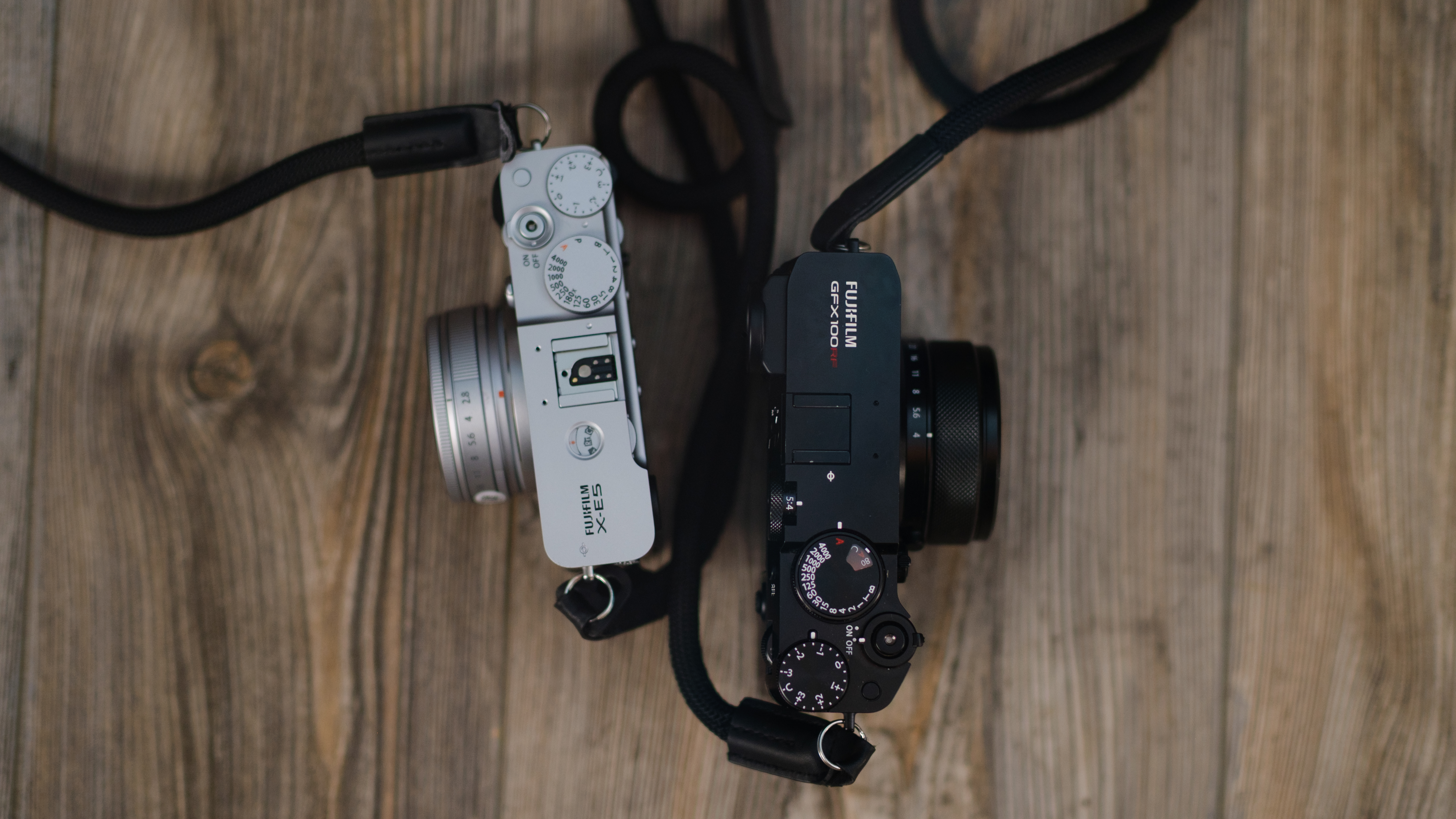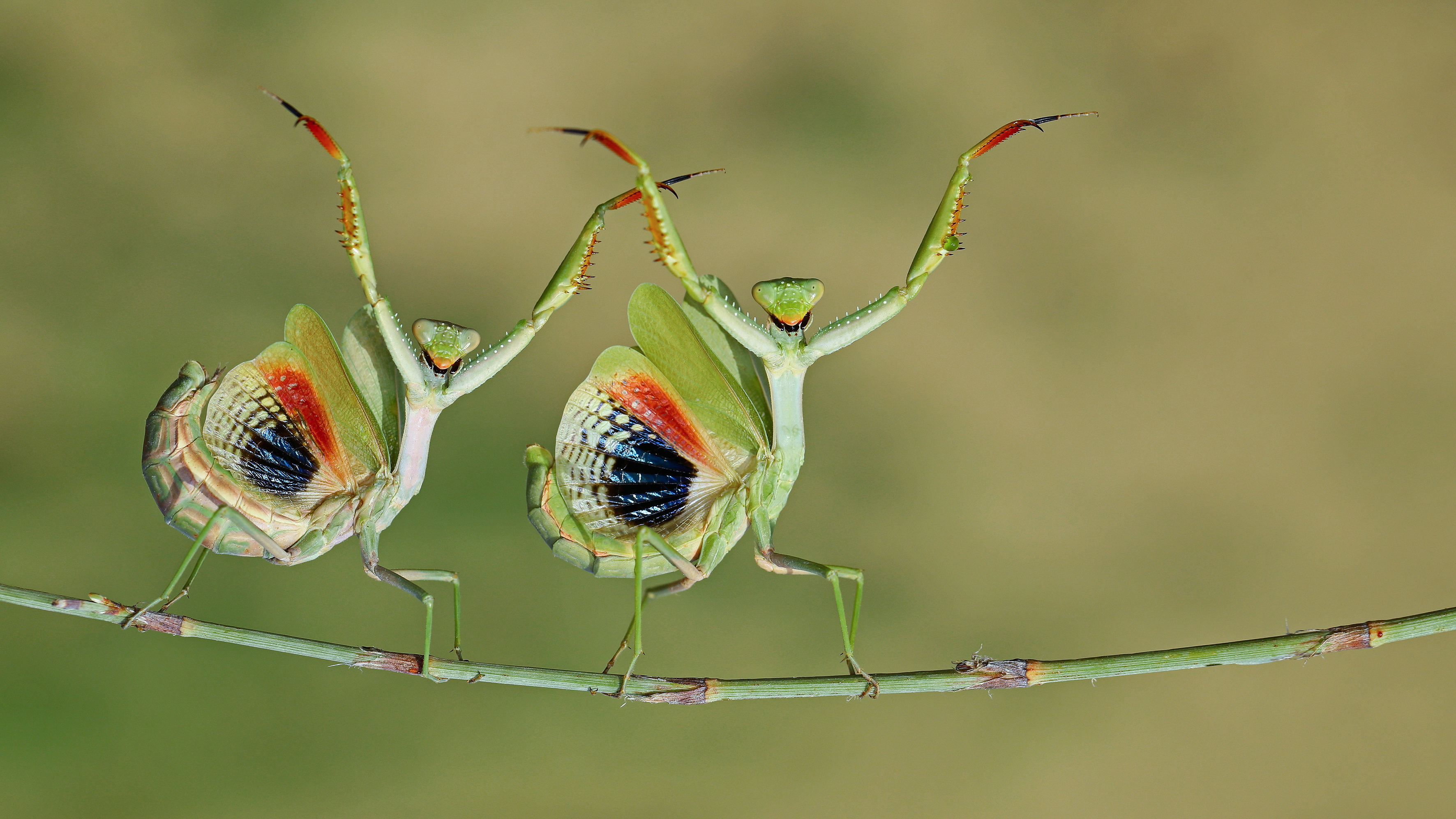I shot an entire trip with just an oversized compact camera and a tiny mirrorless. This is what I learned
I packed a mirrorless and a compact camera for a trip – and the mirrorless was actually the smaller of the two
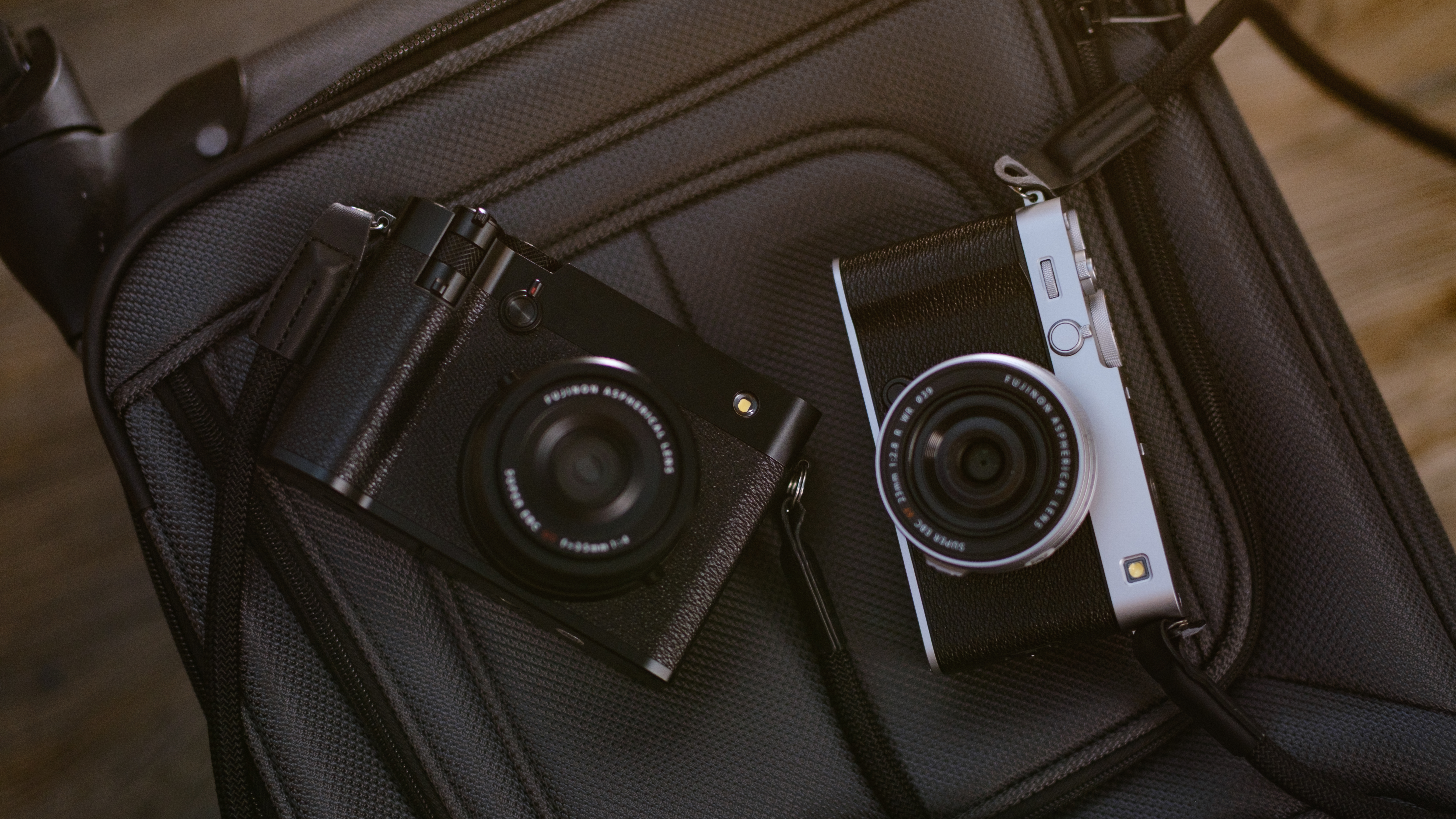
When I bought my first DSLR, I never looked back at my old compact camera – until, that is, I took a vacation years later and found myself shooting with a waterproof compact camera more than my mirrorless. The feeling of shooting with a smaller camera was liberating, so, as I planned a trip flying from Detroit, Michigan, to Los Angeles, California, I packed two cameras: an oversized compact camera and a tiny mirrorless.
I tucked the Fujifilm GFX100RF and the Fujifilm X-E5 with the 23mm f/2.8 R WR lens, which I had loaned out for the trip, into a camera backpack. At the last minute, my doubts got the best of me, and I tossed in my own X-T4 with a prime and a zoom, just in case, but neither one actually left the camera bag.
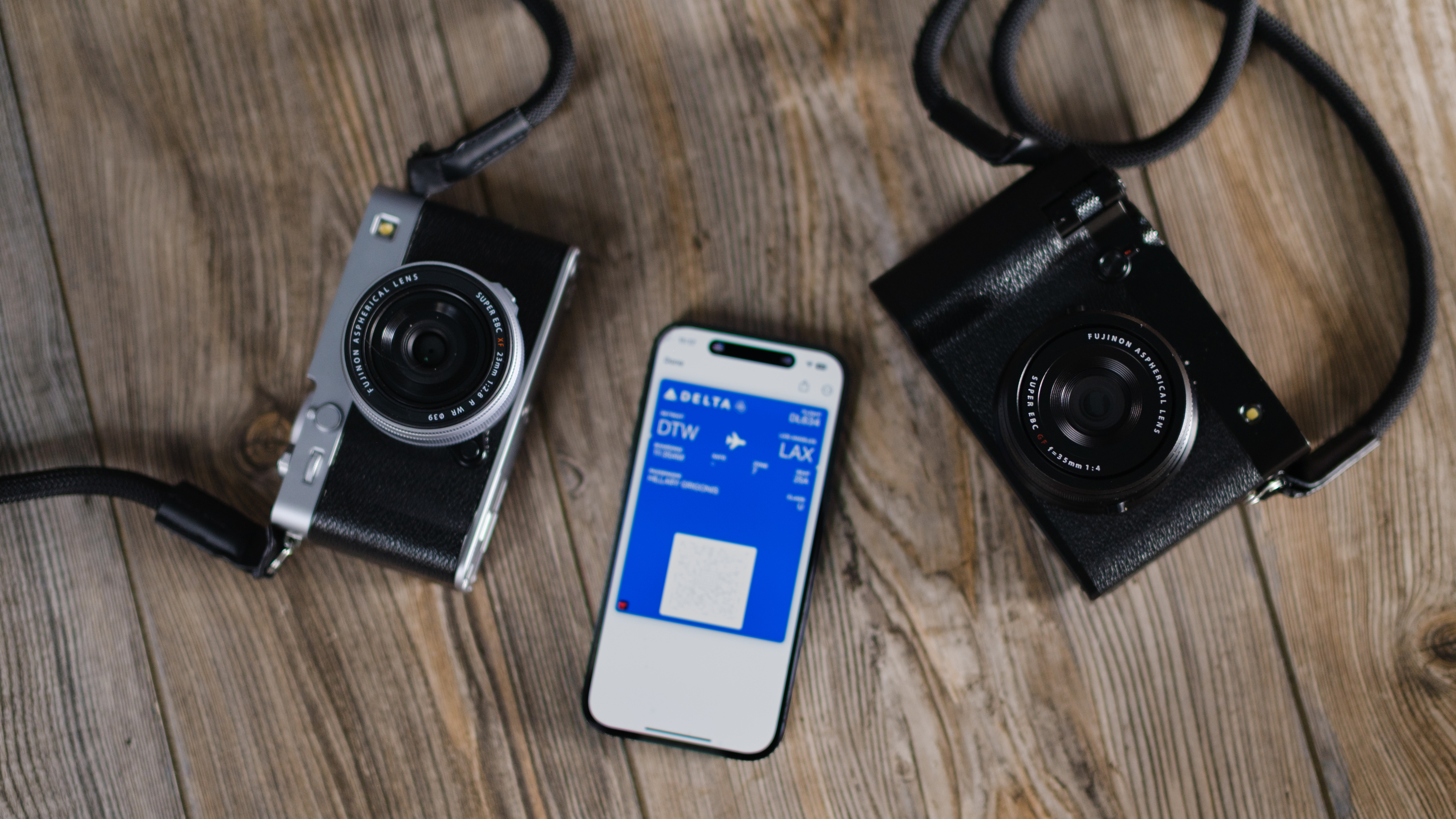
The Fujifilm GFX100RF and X-E5 aren’t exactly on the same playing field. The GFX100RF is a 102MP camera with a medium-format sensor and a fixed 28mm-equivalent f/4 lens. The X-E5 is a 40.2MP APS-C mirrorless camera, which I shot with the compact 23mm f/2.8 R WR kit lens. A better comparison would be matching the X-E5 with the Fujifilm X100VI, but I wanted to see how an oversized compact camera and an undersized mirrorless camera fared on the same trip.
Out of the two cameras that I packed, the so-called compact camera was actually larger than the mirrorless kit that I used. The GFX100RF sits a little taller and deeper than the X-E5, weighing about half a pound or 255g more than the X-E5 with its kit lens.
As I shot with the GFX100RF, I could almost forget that I was shooting with a medium-format camera. The camera is small, and considering my favorite lens is the Fujifilm 50mm f/1.0, lighter than my usual kit. The metal build, however, reminded me of the technical marvel that I held in my hands.
The GFX100RF doesn’t have any optical zoom, but considering the 102MP, I was still (mostly) happy with the digital zoom options. Shooting in RAW, I could also go back and "uncrop" in post if I changed my mind. I did miss stabilization when I took the camera out to shoot nightlife in the city without a tripod, and while the digital zoom will get in closer, it doesn’t have the background blurring effects of using a longer lens.
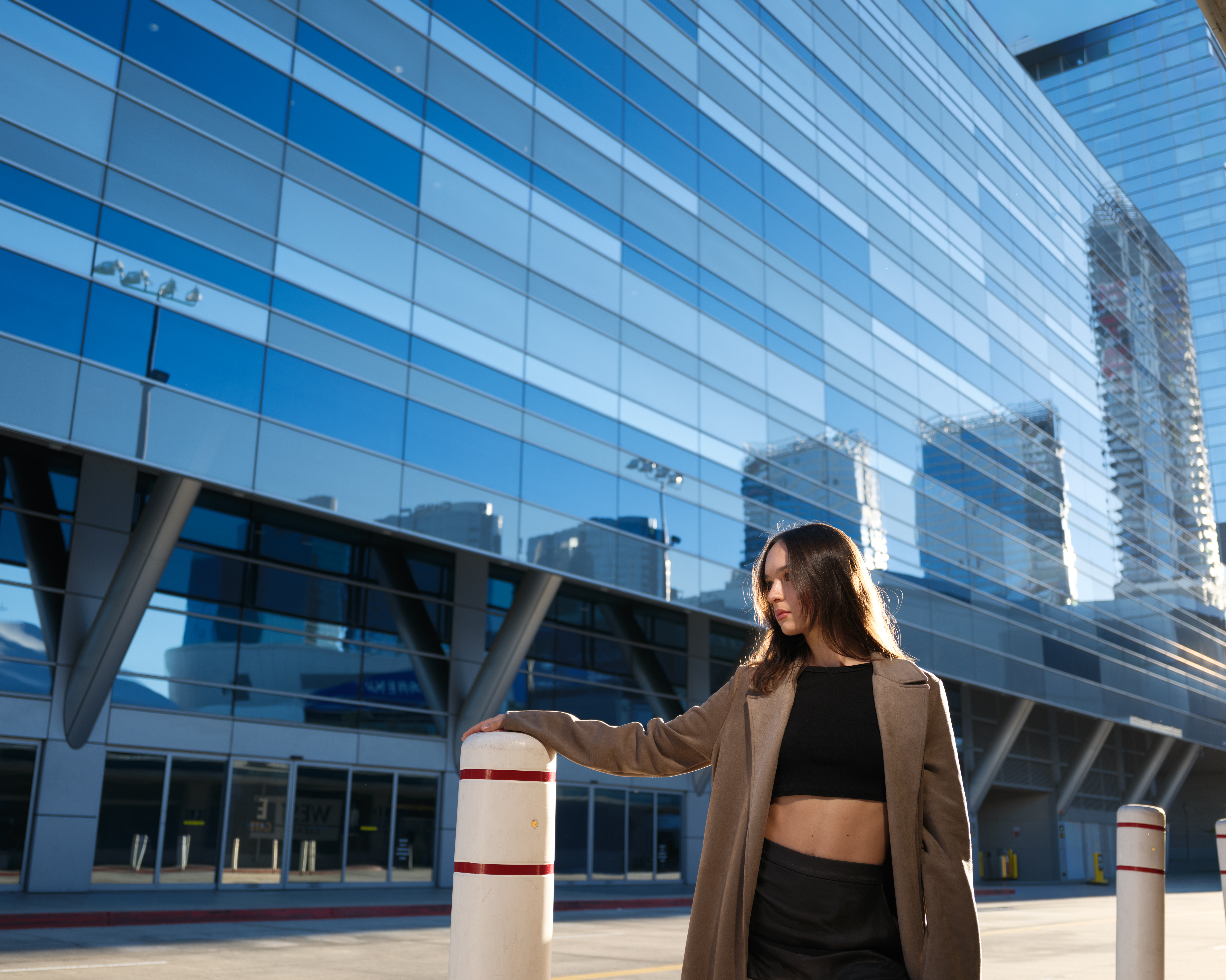
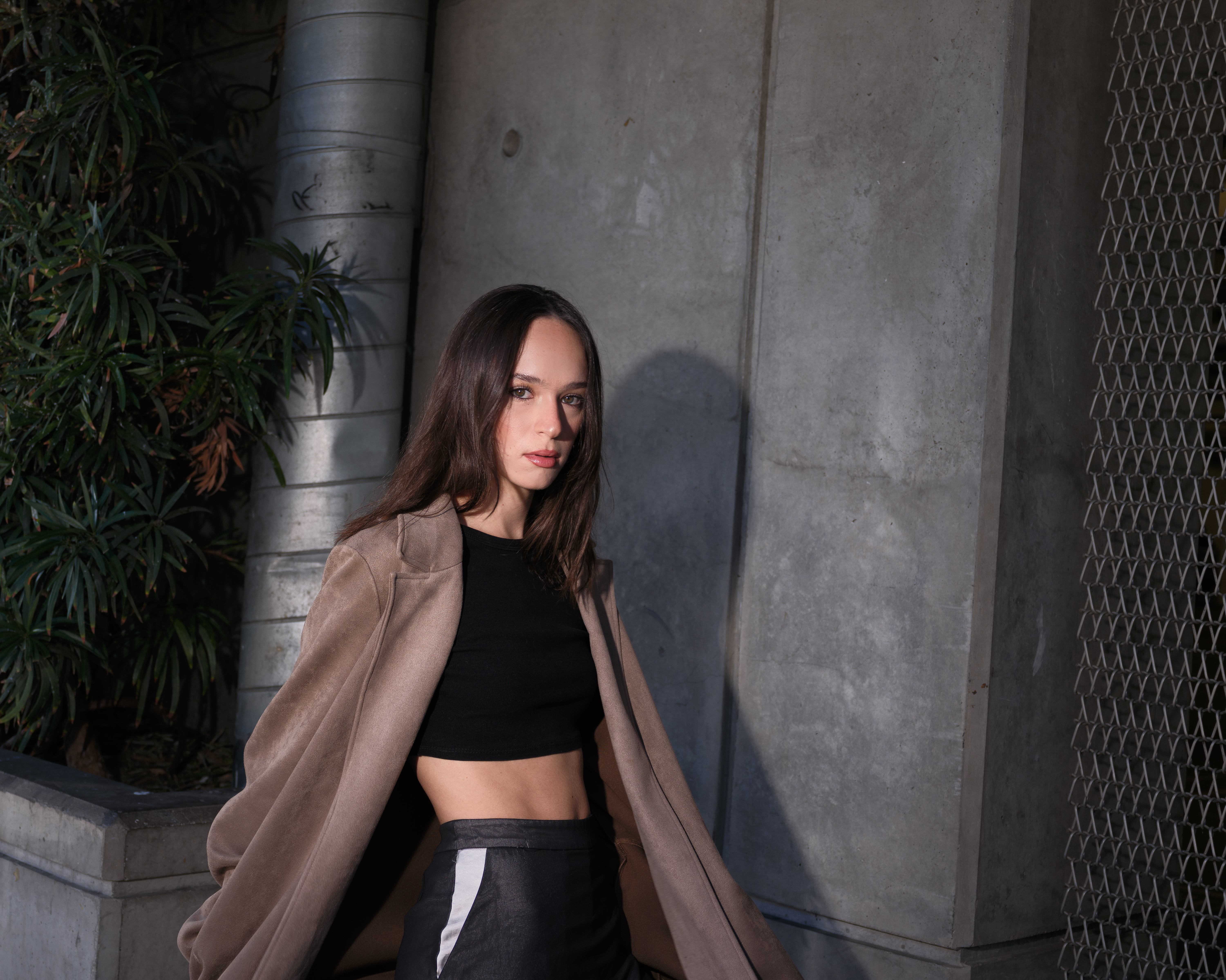




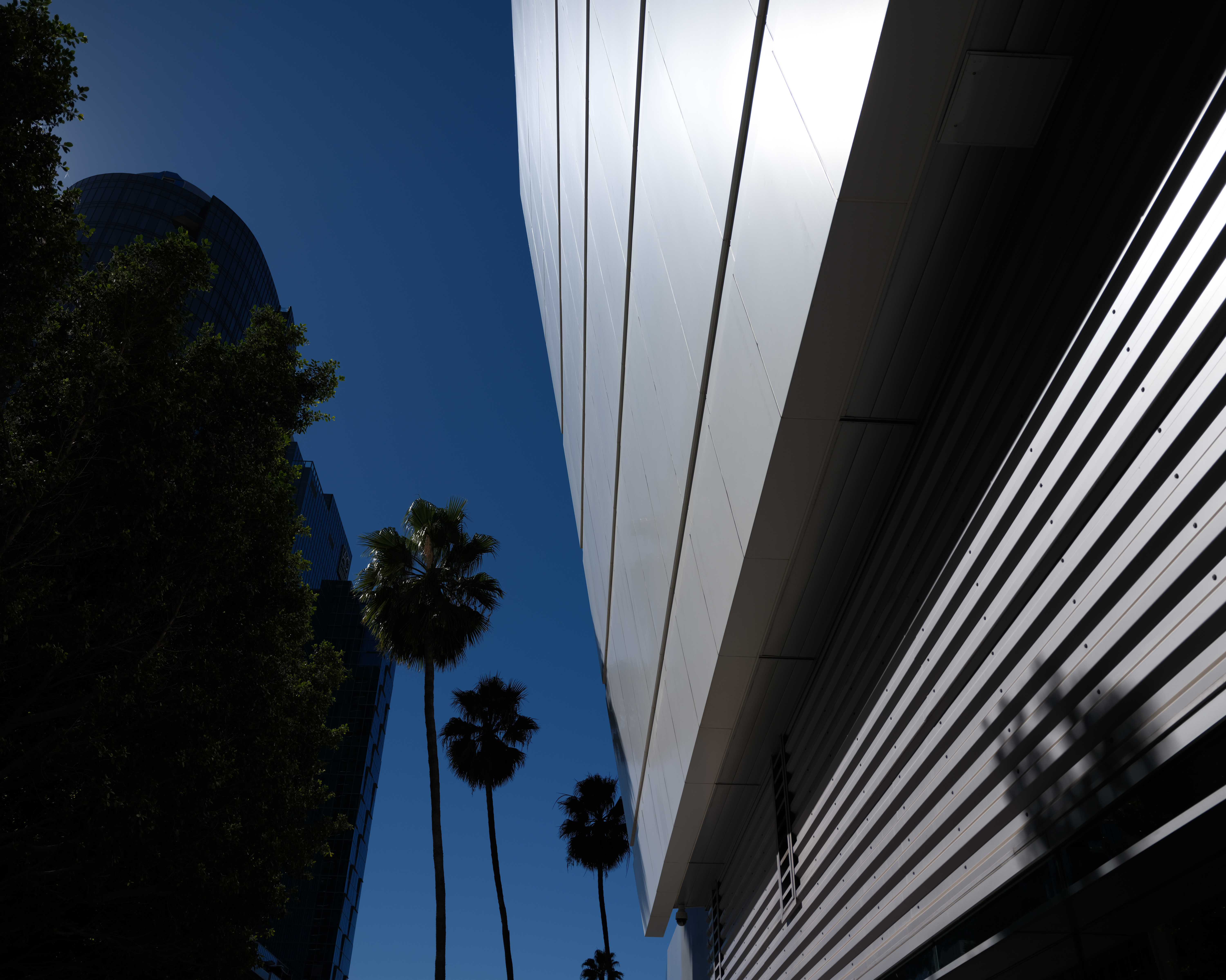

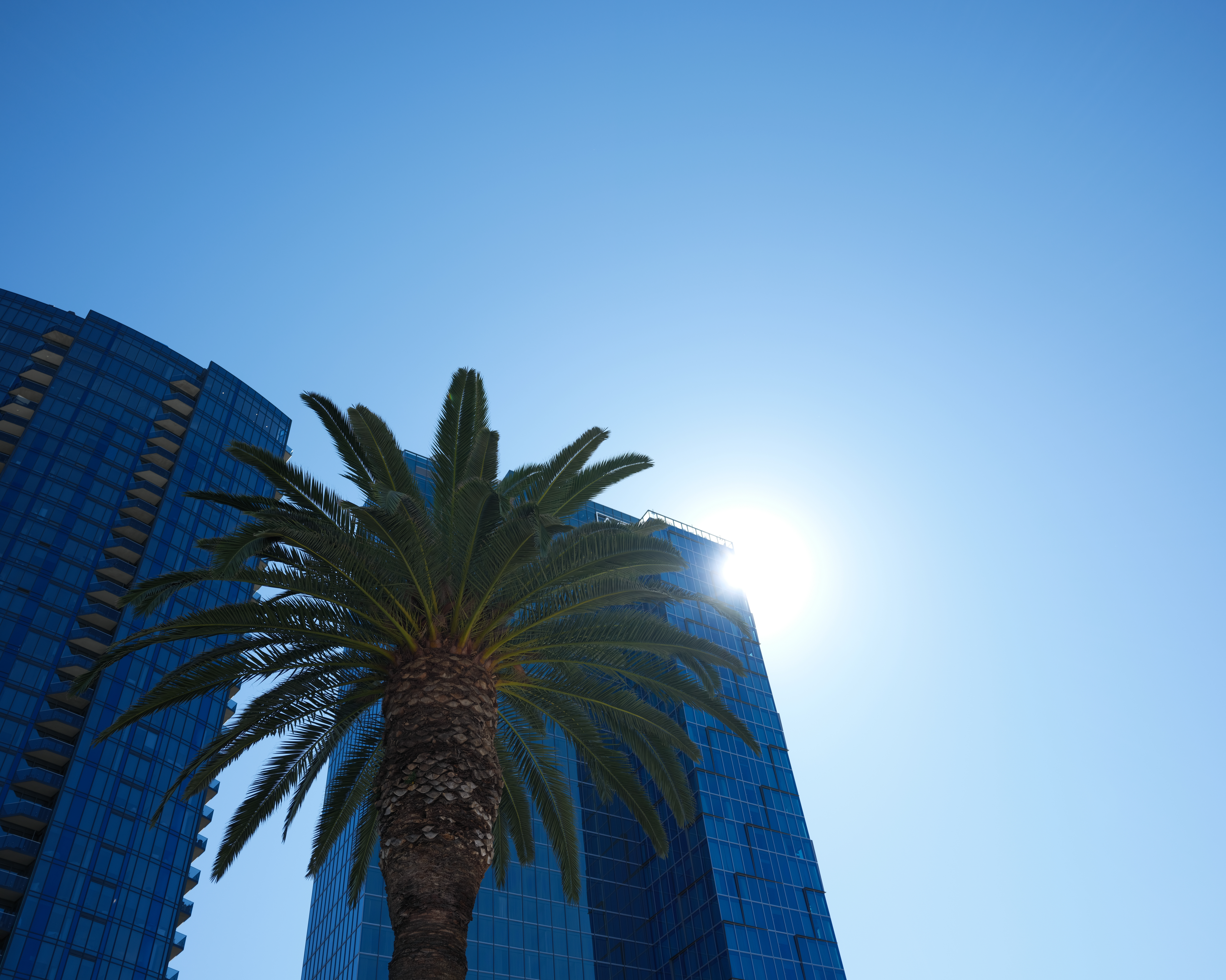
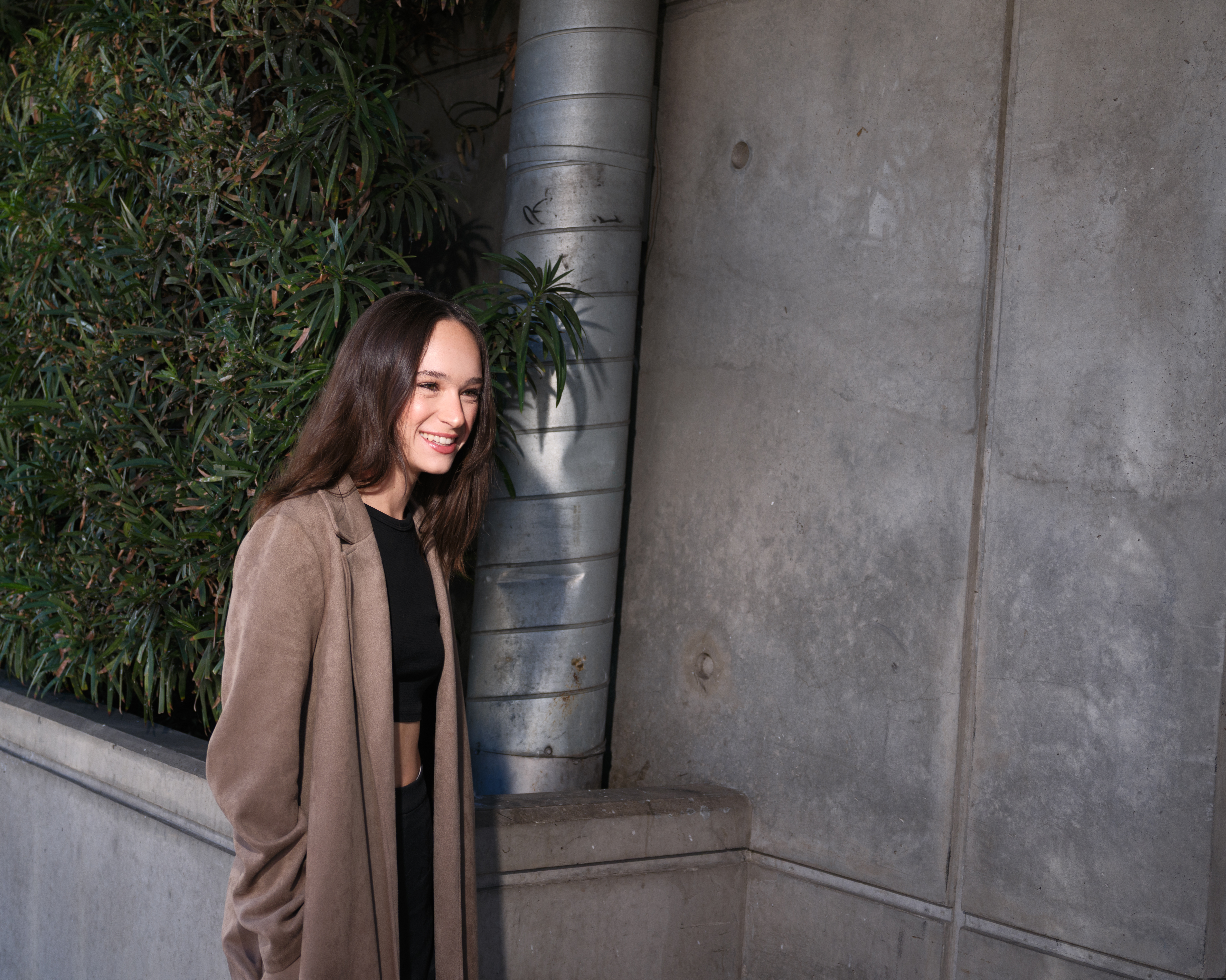


While I could almost forget that I was working with medium format with the GFX100RF, I practically forgot that I wasn’t shooting with a compact camera with the X-E5 and kit lens. The X-E5 isn’t exactly pocketable, but I don’t really recommend tucking a camera with a price tag above four figures in a pocket anyway.
The best camera deals, reviews, product advice, and unmissable photography news, direct to your inbox!
The 23mm f/2.8 lens was enough for street photography, cityscapes, and a handful of portraits that I shot during the trip. Had I had more time to spend shooting than attending the Adobe Max conference – the main purpose of my trip – the zoom and portrait prime I had tucked into my bag would have actually gotten a bit of use. I think that’s the real beauty of a camera like the X-E5, it’s small enough to feel like a compact camera, but versatile enough to swap out for a zoom lens, a telephoto, a macro, or whatever lens suits what you need to shoot.
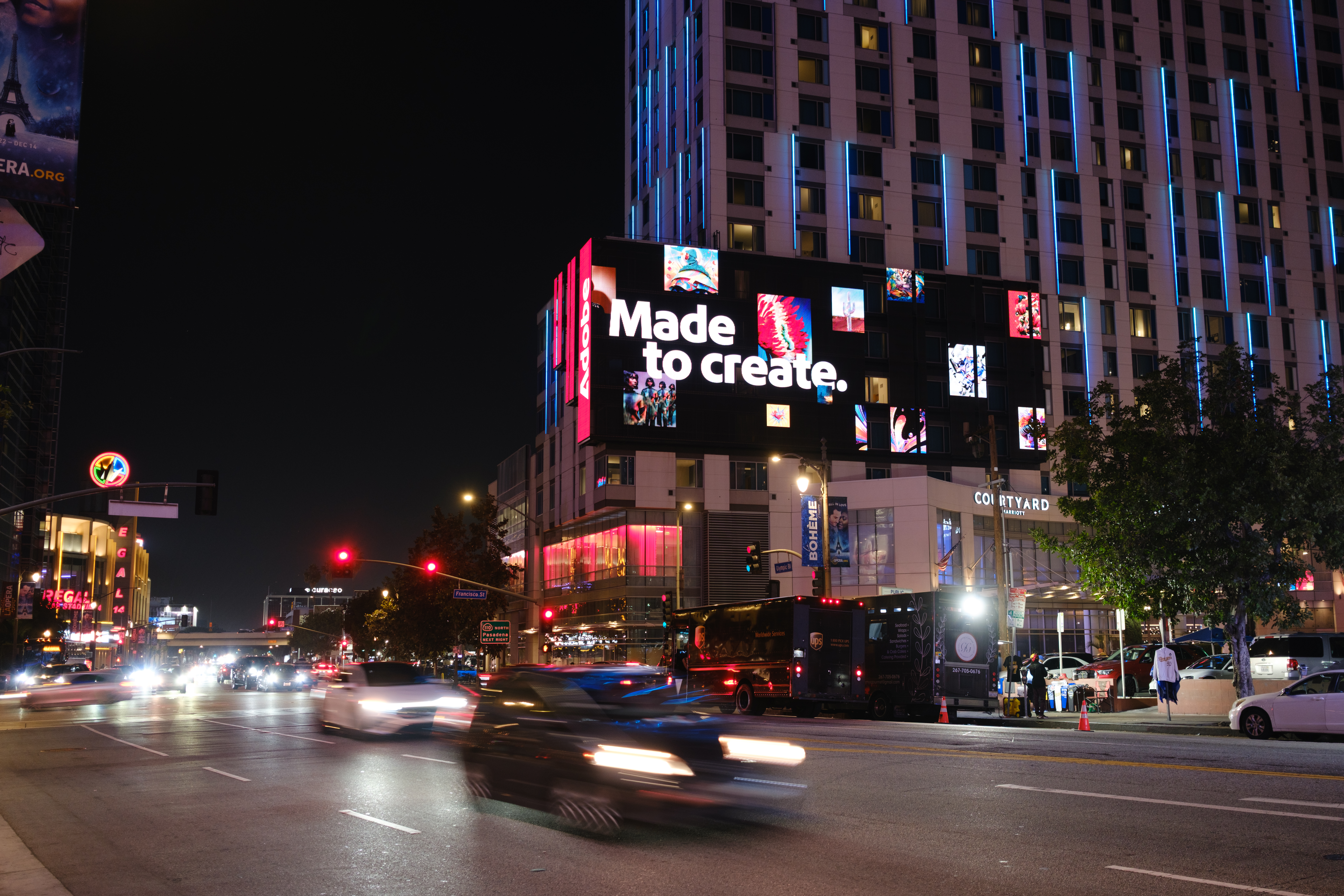

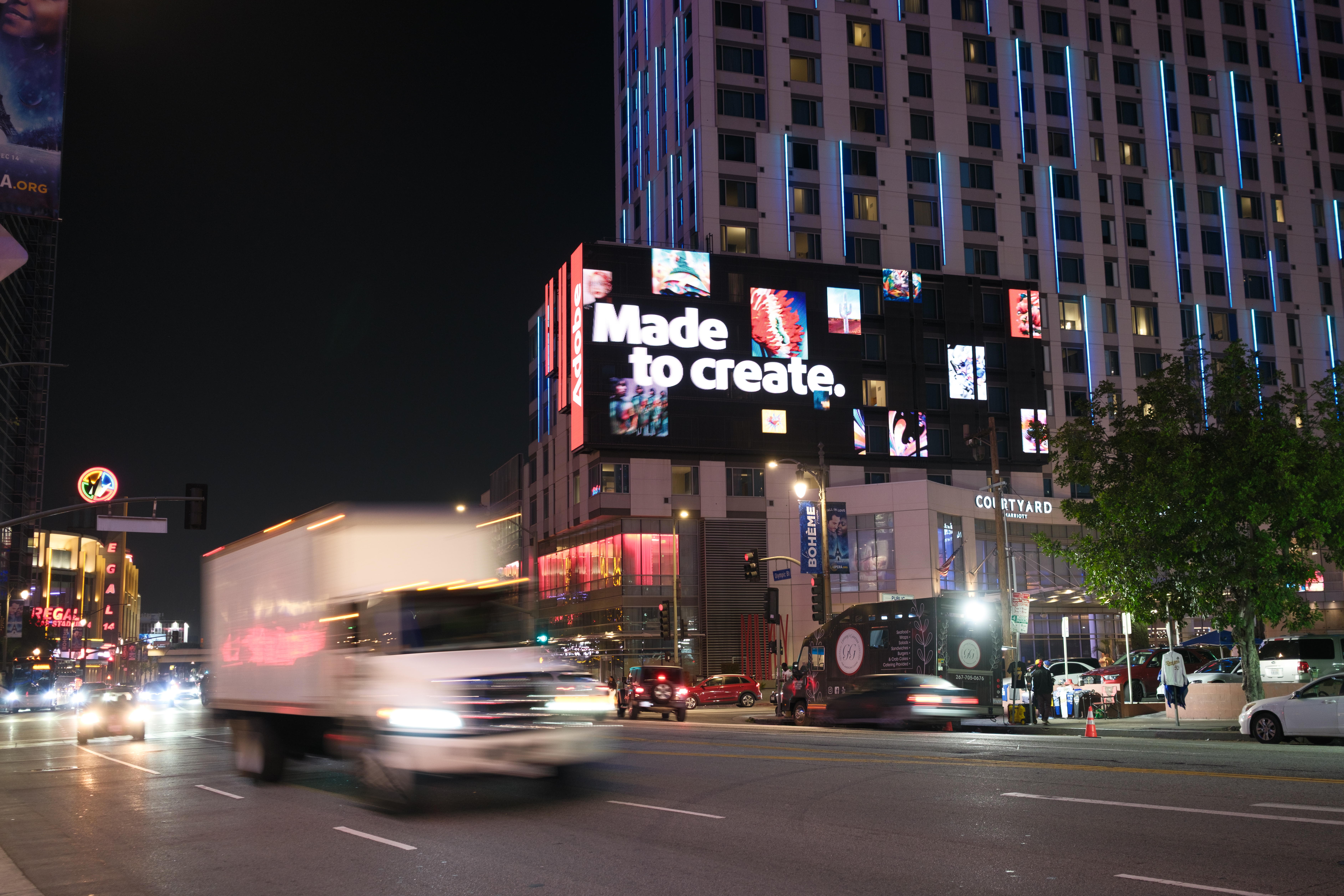
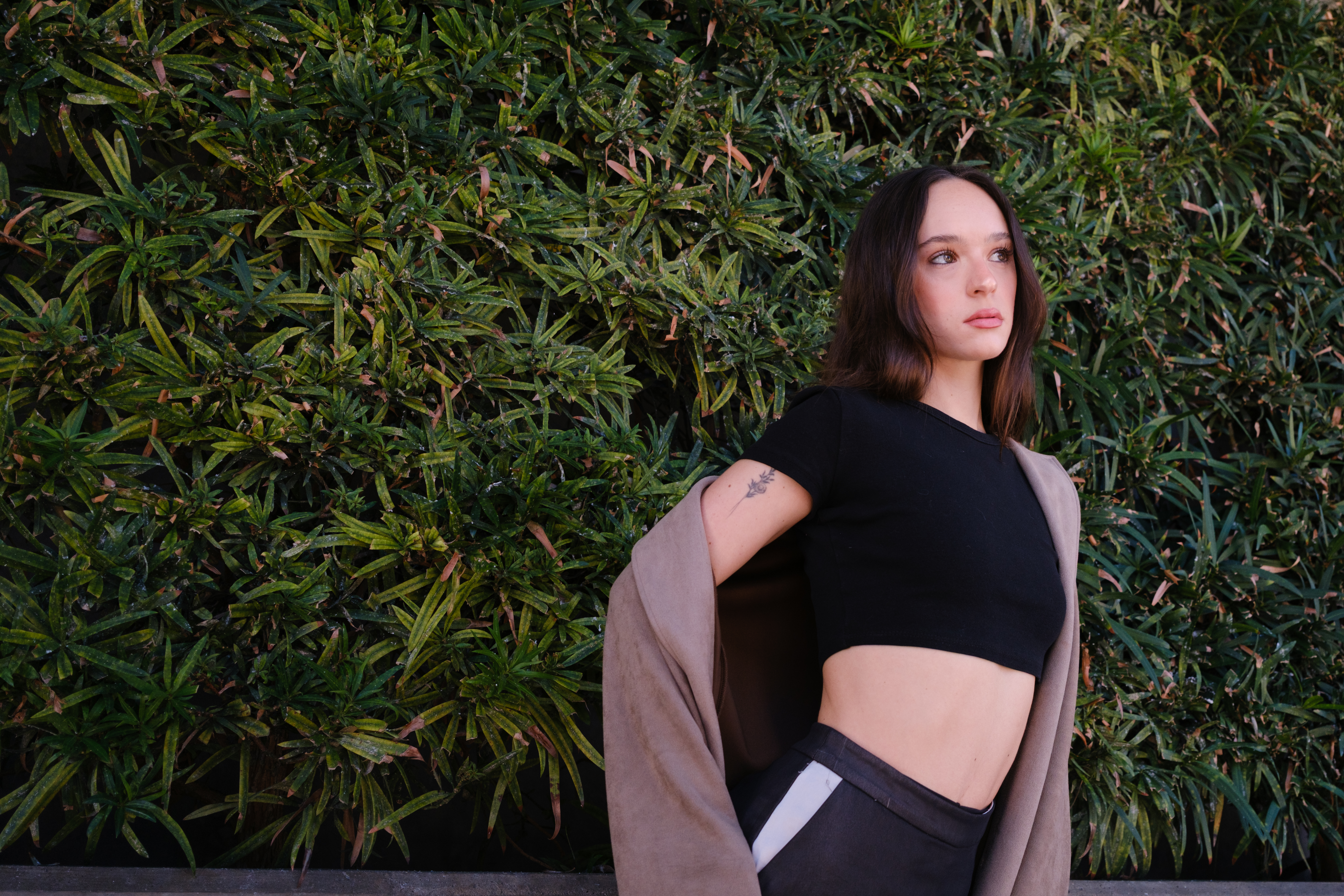
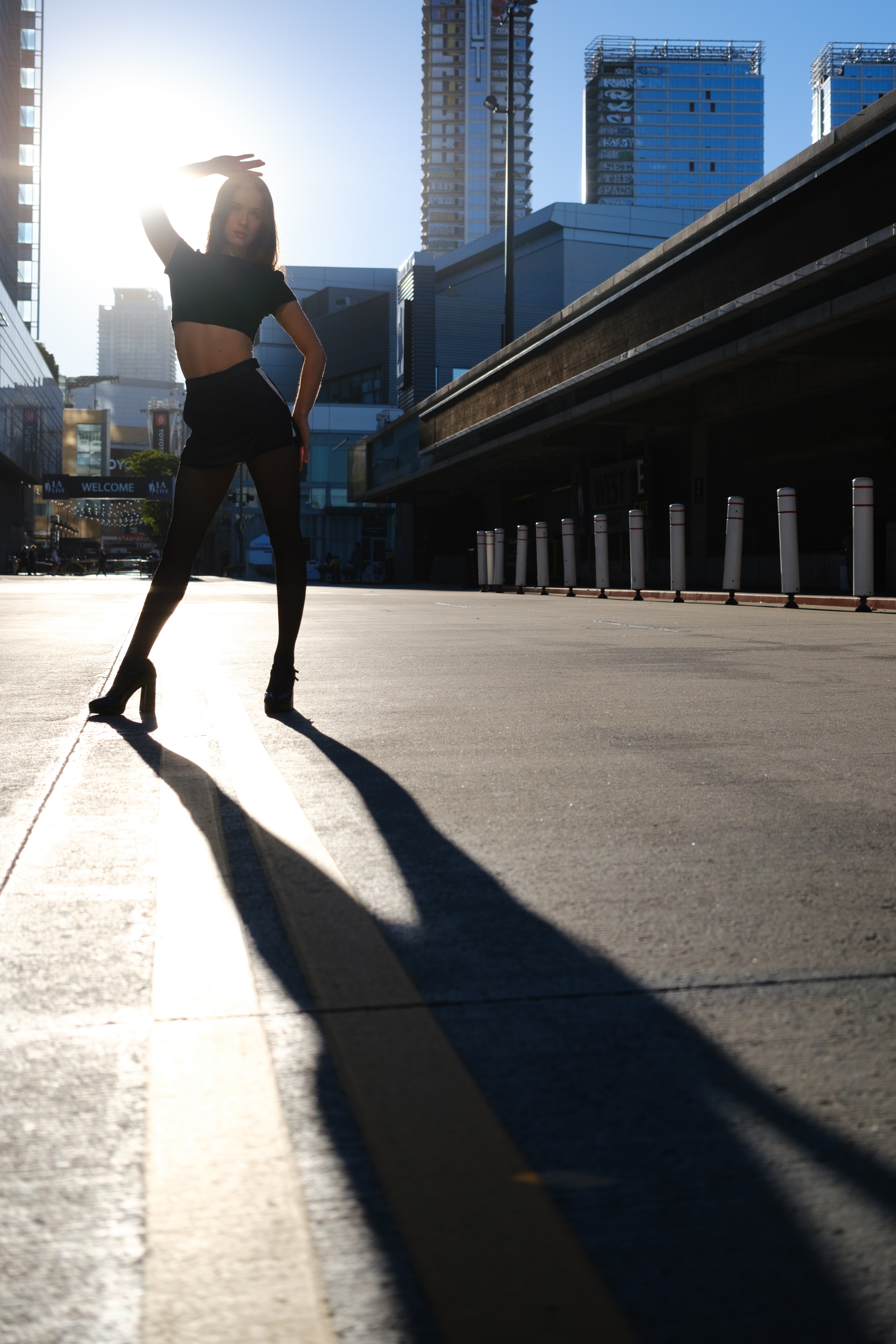


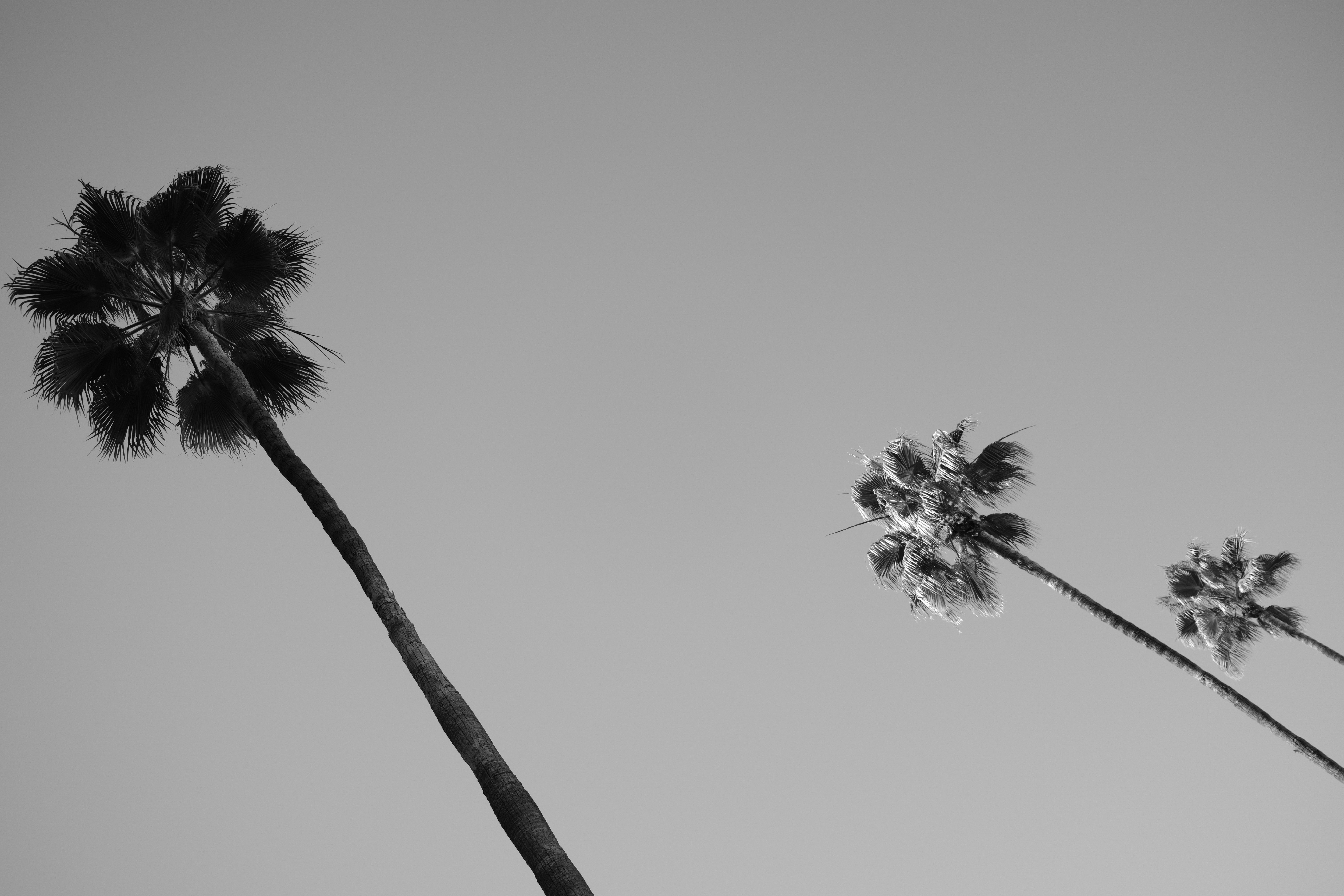
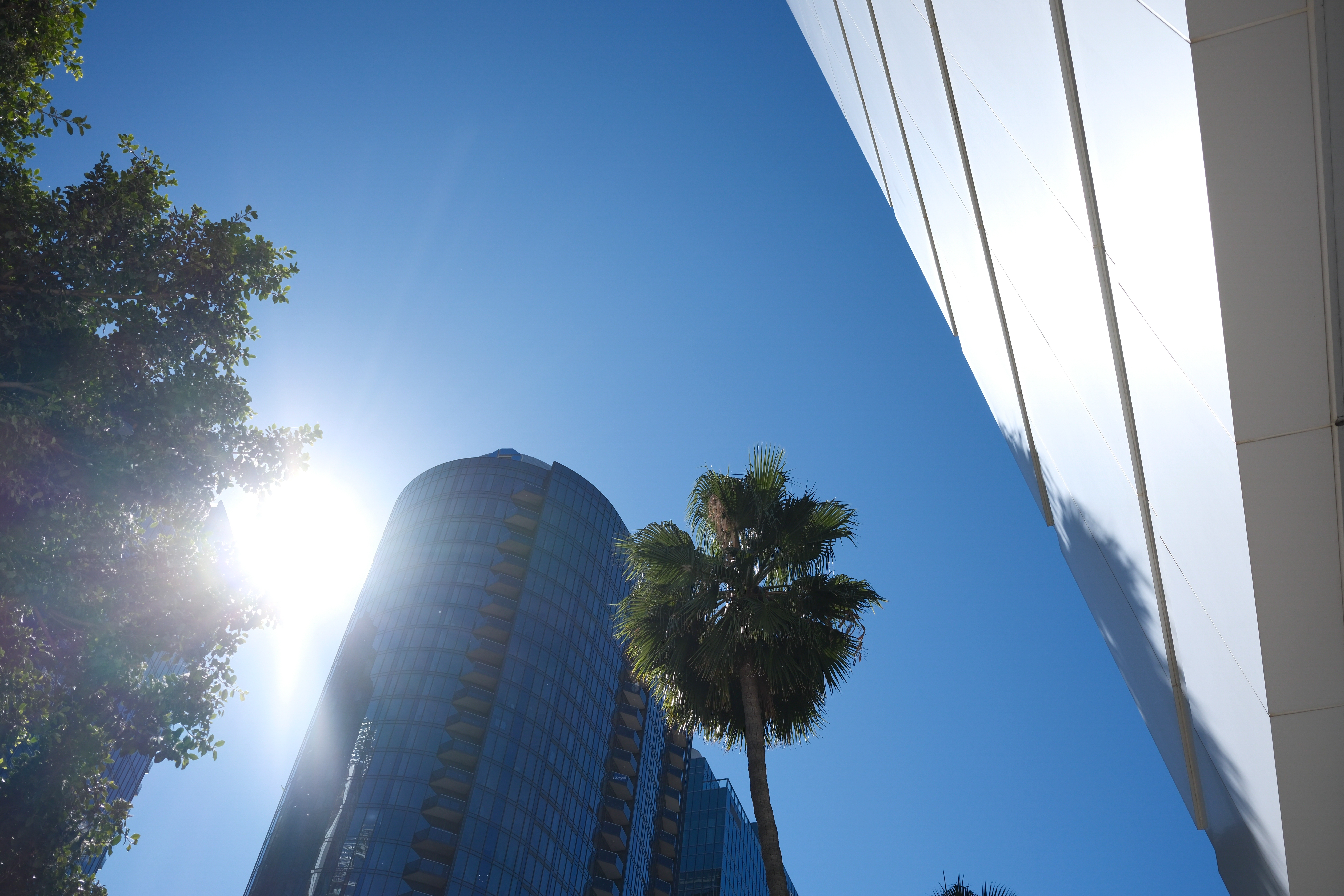
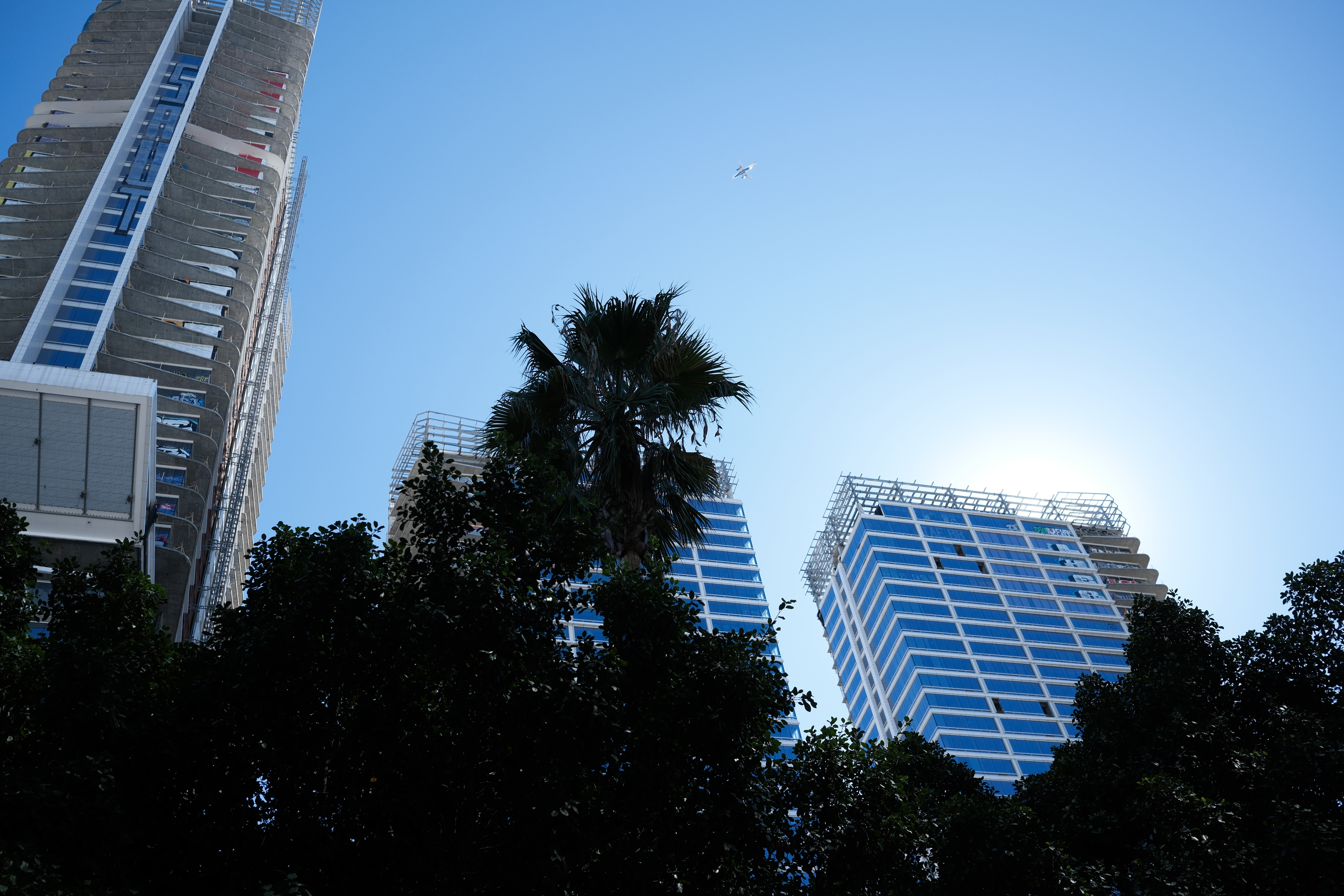
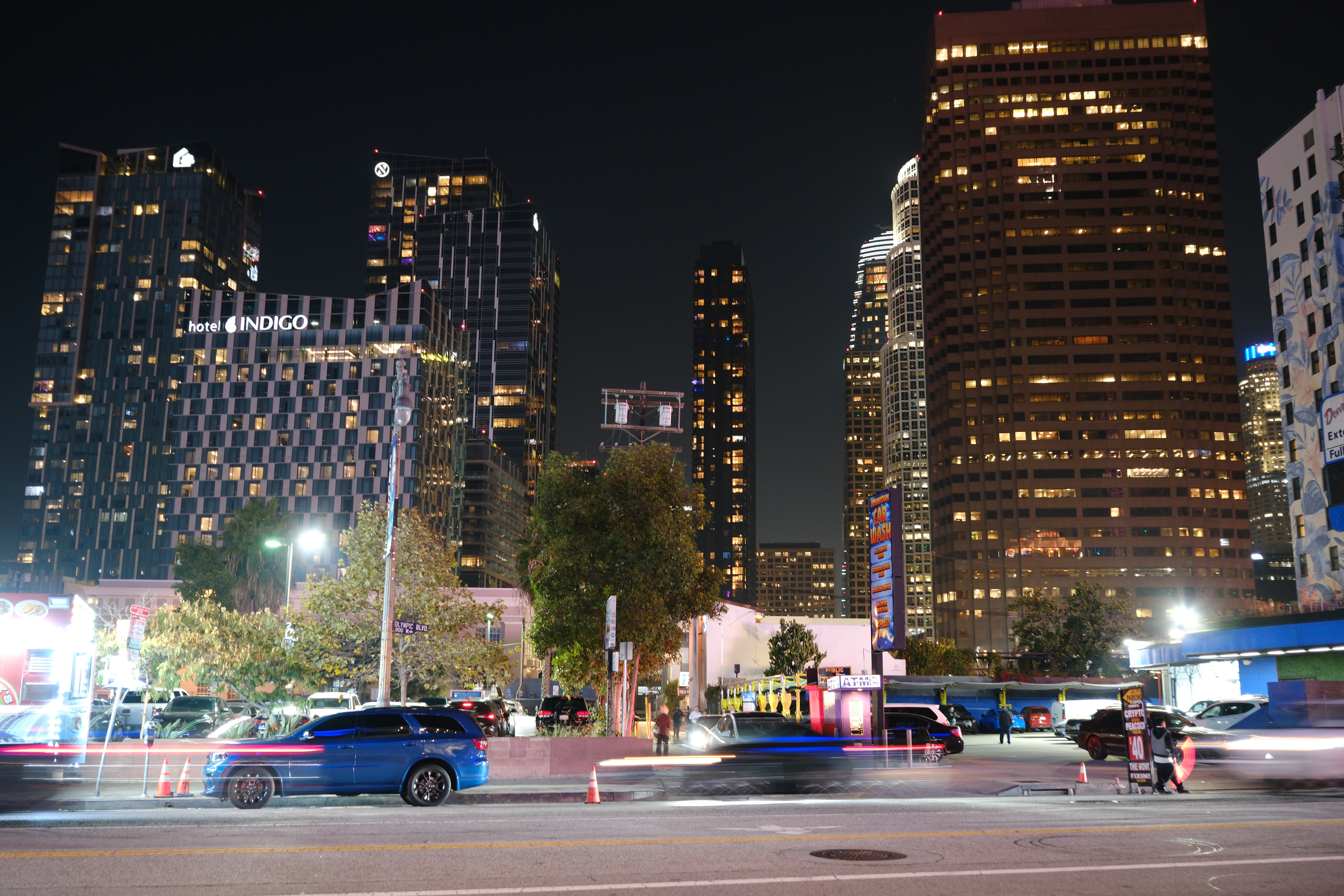

The camera that’s easier to take with you is going to be the camera that captures photographs in more locations. While I carted around both cameras during much of the trip, they were still small enough that I could just grab one camera and my wallet to go out for a quick coffee or grab dinner without a backpack full of gear.
Once you can’t fit a camera in your pocket, it’s the weight more than the size that matters. Mirrorless cameras can be compact with the right lens, and the Fujifilm 23mm f/2.8 R WR certainly fits the bill. A mirrorless with a pancake lens offers similar portability, but has the flexibility to swap out larger lenses when necessary.
So, out of the two cameras, which one won out on my trip? It was hard to pass up the 102MP and pixel-peeping sharpness of the GFX100RF, with enough resolution to create some zoom-like cropping flexibility. Still, the X-E5 wins out in value, size, and stabilization for handheld long exposures. The 23mm pancake may very well find its way into my camera bag in the future for travel.
Size matters – I find myself taking more photos when I can bring a tiny camera with me without thought to hauling around a heavy pack. But compact cameras aren’t the only travel-friendly cameras.
You may also like
Browse the best cameras for travel or the best compact cameras.

With more than a decade of experience writing about cameras and technology, Hillary K. Grigonis leads the US coverage for Digital Camera World. Her work has appeared in Business Insider, Digital Trends, Pocket-lint, Rangefinder, The Phoblographer, and more. Her wedding and portrait photography favors a journalistic style. She’s a former Nikon shooter and a current Fujifilm user, but has tested a wide range of cameras and lenses across multiple brands. Hillary is also a licensed drone pilot.
You must confirm your public display name before commenting
Please logout and then login again, you will then be prompted to enter your display name.
